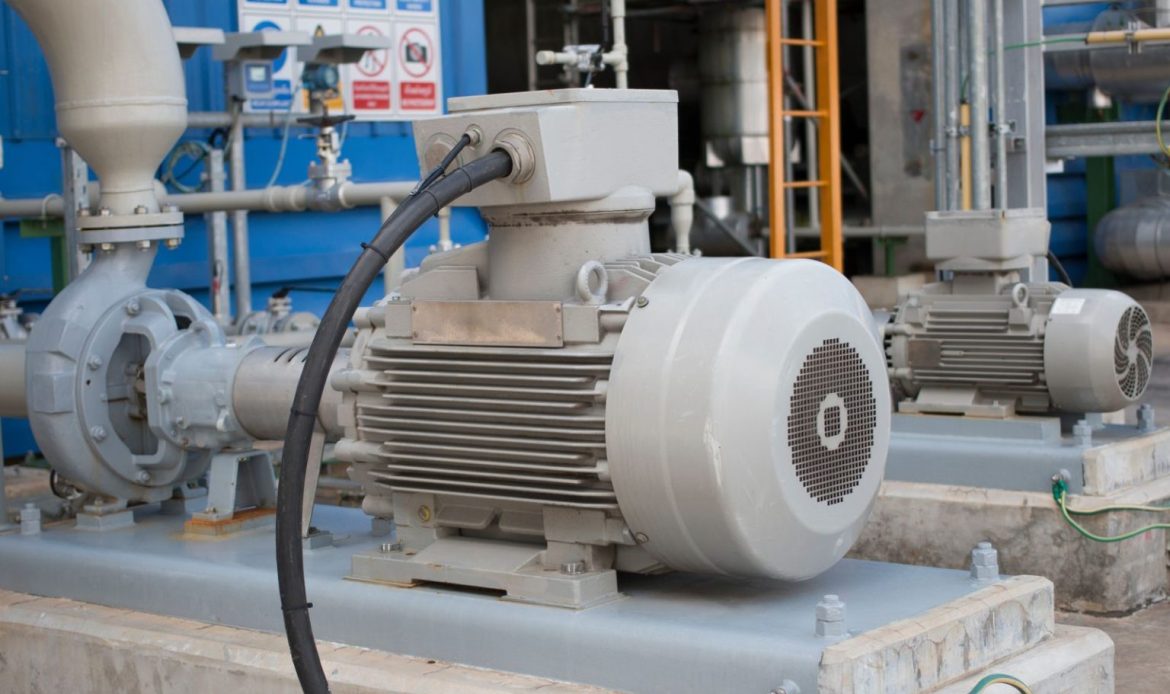
Induction motors are everywhere, powering everything from air conditioners to assembly lines. However, like all mechanical devices, they can experience failures. Let’s discuss some common issues in induction motors and the ideal solutions for these problems.
Contents
- 1 Common Failure #1: Overloading
- 2 Common Failure #2: Electrical Imbalances
- 3 Common Failure #3: Mechanical Failures
- 4 Common Failure #4: Environmental Factors
- 5 Common Failure #5: Single Phasing
- 6 Common Failure #6: Dirt and Contamination
- 7 Common Failure #7: Incorrect Installation
- 8 Common Failure #8: Lack of Lubrication
- 9 Common Failure #9: Capacitor Failure
- 10 Common Failure #10: Poor Maintenance
- 11 Mitigating the Risks: How to Prevent Common Failures in Induction Motors
Common Failure #1: Overloading
Overloading is the most common failure in induction motors. Motors are designed to handle specific loads, and exceeding these limits causes overheating, which can damage the insulation. Over time, this can lead to motor failure. For instance, an overloaded motor in an industrial fan might fail during peak operation times, highlighting the importance of adhering to specified load limits.
Common Failure #2: Electrical Imbalances
Electrical imbalances, caused by voltage variations in the power supply, lead to uneven distribution of electrical currents in the motor’s windings. This imbalance results in excessive vibration and heat. In a manufacturing plant, an uneven power supply can cause significant motor failures, leading to unplanned downtime.
Common Failure #3: Mechanical Failures
Bearings wear out over time, causing the motor to operate noisily and vibrate excessively. These symptoms often precede catastrophic failures. For example, a conveyor belt motor in a mining operation faces an abrasive environment that accelerates bearing wear, leading to costly production stoppages.
Common Failure #4: Environmental Factors
Motors in hostile environments face additional challenges. High humidity, corrosive atmospheres, and extreme temperatures can accelerate motor degradation. For instance, induction motors in chemical plants are exposed to corrosive vapours, which can damage components and cause premature failures.
Common Failure #5: Single Phasing
Single phasing occurs when one of the three power supply phases is interrupted, causing the motor to run on the remaining two phases. This uneven load distribution increases current in the operational phases, leading to overheating and potential burnout. Imagine a motor designed to operate on a three-legged stool suddenly forced to balance on two legs—instability is inevitable.
Common Failure #6: Dirt and Contamination
Dust, dirt, and other contaminants can interfere with an induction motor’s ventilation system, reducing its ability to dissipate heat. In severe cases, contamination can cause insulation failure due to overheating. For example, in woodworking workshops where sawdust is prevalent, motors often fail prematurely unless regularly cleaned and maintained.
Common Failure #7: Incorrect Installation
Incorrect installation affects motor performance and longevity. Poor alignment can cause excessive bearing wear, shaft deflection, and ultimately, motor failure. For example, a poorly aligned pump motor in an industrial setting not only fails prematurely but also causes operational inefficiencies throughout the system.
Common Failure #8: Lack of Lubrication
Insufficient lubrication leads to increased friction, heat, and wear, resulting in bearing failure and motor breakdown. This is particularly critical in high-speed applications where the demand on bearings is intensified.
Common Failure #9: Capacitor Failure
In single-phase induction motors, capacitors create a phase shift for starting and running the motor. A failed capacitor can prevent a motor from starting or cause it to run inefficiently and overheat. This is common in domestic appliances like air conditioners, where capacitor failure results in a motor that hums but does not start.
Common Failure #10: Poor Maintenance
Skipping regular maintenance allows small issues to escalate into major failures. For induction motors, neglecting to check and replace worn components like brushes or capacitors can lead to significant problems. For example, an HVAC system in a large commercial building might experience a complete shutdown due to a neglected worn capacitor.
Mitigating the Risks: How to Prevent Common Failures in Induction Motors
To prevent these common failures, it is crucial to understand load requirements and ensure motors are not overloaded. Regular maintenance is essential, including checks on electrical supply and environmental conditions.
How Artesis eMCM Can Help
Artesis eMCM is a condition monitoring device that diagnoses electrical, mechanical, and process-related faults. It is easy to install, requiring only the 3-phase voltage and current of the motor.
Here’s why you should use Artesis eMCM:
Comprehensive Fault Diagnosis: eMCM can detect a wide range of faults, including electrical imbalances, mechanical issues, and process-related anomalies.
Ease of Installation: With just the 3-phase voltage and current of the motor needed, eMCM can be quickly and easily installed.
Real-Time Monitoring: Continuous monitoring provides real-time data, allowing for early detection of potential failures before they cause significant issues.
Cost Efficiency: By identifying and addressing faults early, eMCM helps in reducing downtime and maintenance costs.
Enhanced Reliability: Ensuring motors are running optimally increases the overall reliability and efficiency of your operations.
In summary, while induction motors are the unsung heroes of the industrial world, they are not invulnerable. Overloading, electrical imbalances, mechanical wear, environmental conditions, and poor maintenance practices can lead to motor failure. By recognizing these factors and implementing robust maintenance strategies, the life of an induction motor can be significantly extended, ensuring they continue to power our lives efficiently and effectively.
Let’s keep those motors running smoothly, shall we? Contact us if you have any queries related to finding the best induction motors and how to prevent common failures in induction motors.




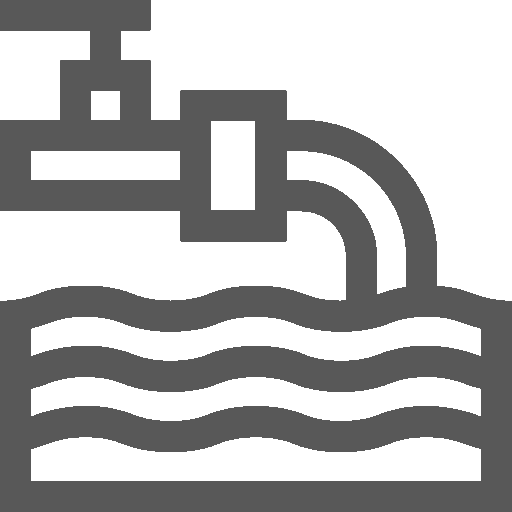
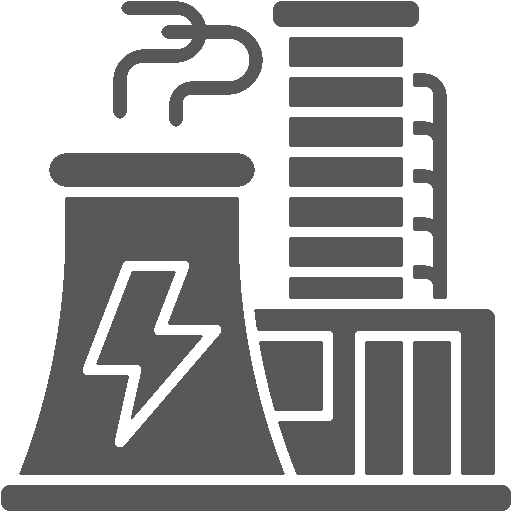
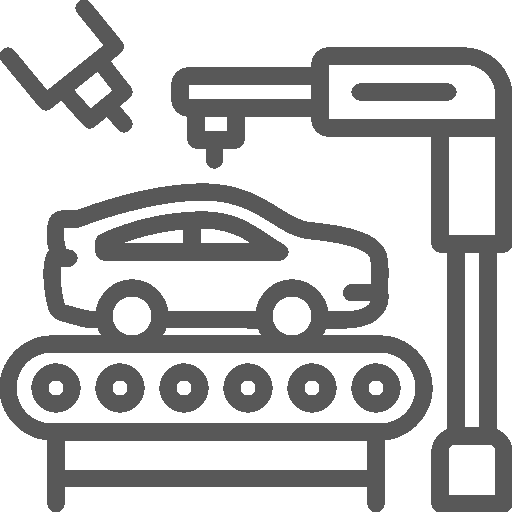

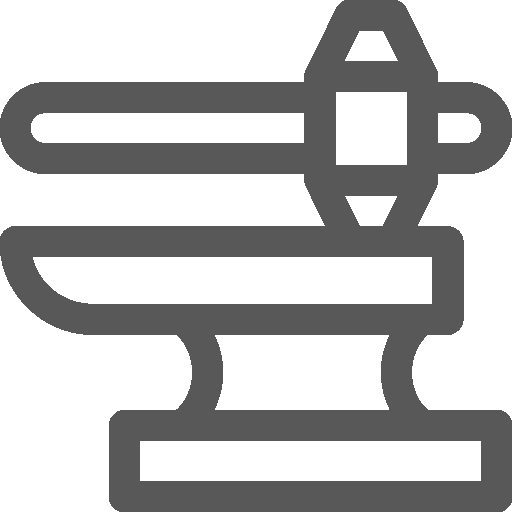
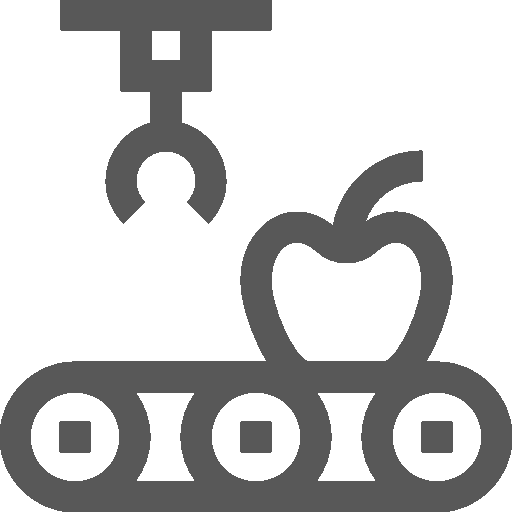
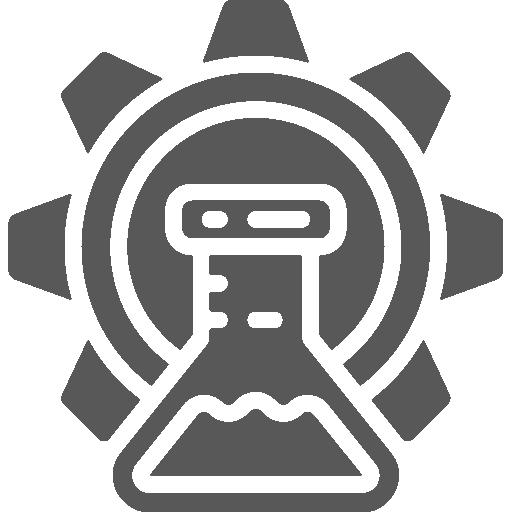
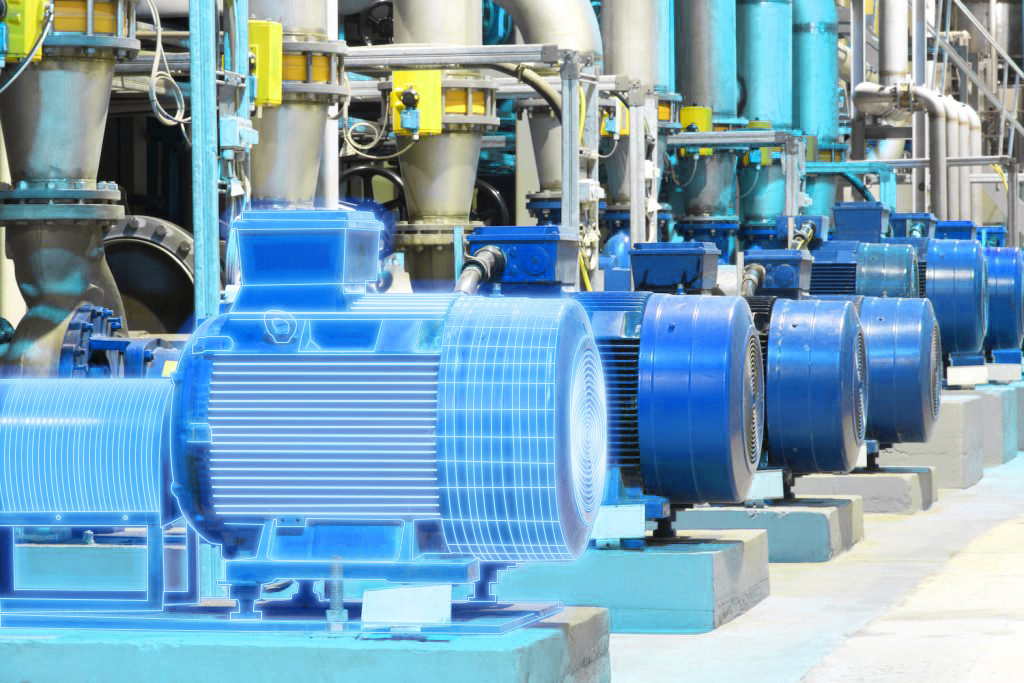
 White Papers
White Papers Case Study
Case Study Documents
Documents Webinars
Webinars Events
Events ROI Calculator
ROI Calculator FAQ
FAQ